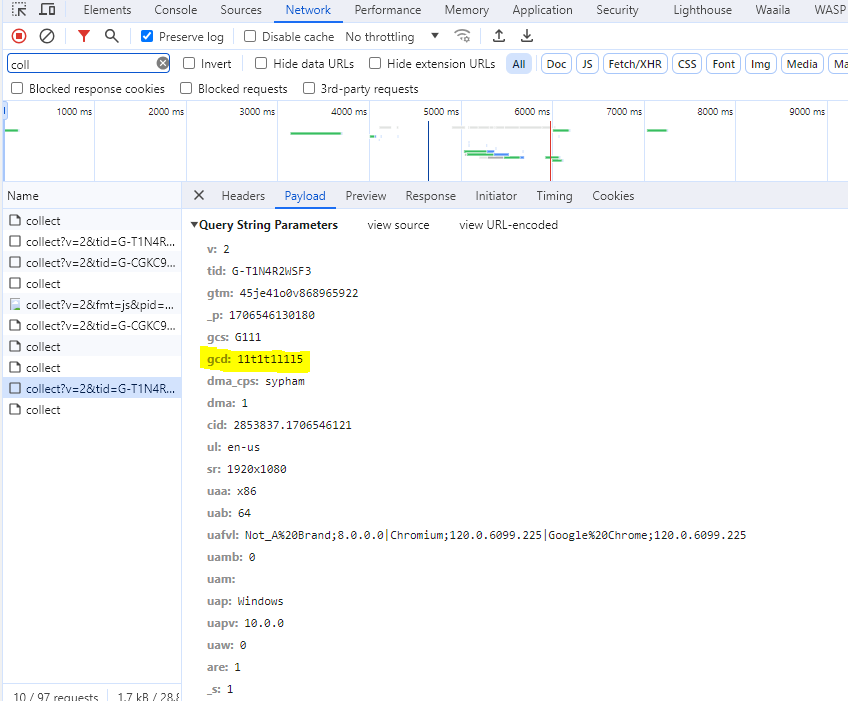Consent Mode v2
Published: Jan 31st 2024 | 3 min read

In response to the dynamic landscape of EU regulations, including the ePrivacy Directive, DMA, and GDPR, Google has recently rolled out updates to its EU User Consent Policy (UCP) with significant implications for advertisers and marketers. The changes, slated to be enforced by March 2024, revolve around the Consent Mode, demanding advertisers to adapt to the new Consent Mode v2 for continued access to user data while respecting their consent choices.
Understanding Google Consent Mode
Google Consent Mode serves as a framework for adjusting the behavior of Google tags/SDKs (Google Ads, Google Analytics etc.), facilitating the collection of additional pings from users who have not granted consent on the cookie banner. These anonymous pings are then leveraged by Google to estimate missing hits and conversions, avoiding direct access to browser storage containing personal data.
Changes in V2: New Consent Types and Distinctions
To align with evolving regulations, Google introduces two new consent types alongside the existing ad_storage and analytics_storage. These new parameters, depicted in the image below, provide additional flags to indicate how collected data can be used for further processing. Furthermore, the new version introduces a distinction between Advanced and Basic consent modes, catering to varying consent scenarios.

The Impact of Sticking with V1 (or Nothing)
The specific impact of not implementing Consent Mode v2, at least in its Basic version, is not entirely known. However, it is anticipated that failure to upgrade may lead to disabled or limited features in Google marketing services, potentially affecting capabilities such as remarketing or audience building.
Upgrade Now: How to Implement Consent Mode V2
To ensure the seamless functioning of platforms like Google Ads and Google Analytics, advertisers are urged to implement Consent Mode v2 before the March 2024 enforcement deadline. For those using third-party consent governance tools, the change may be automatic, but manual verification is recommended. Advertisers without such integrations are advised to implement the necessary Consent Types as outlined in the official documentation.
Complete Documentation and Upgrade Instructions
Verifying Implementation
Adopting Consent Mode v2 requires a careful validation process. By simulating events sent to Google Analytics 4 and Google Advertising products, advertisers can search for the gcd parameter in the payload. Different combinations of letters and numbers in the value indicate various consent states, helping advertisers ascertain whether the upgrade is successful.
gcd: 11l1l1l1l1: No Consent Mode implemented. Action needed.gcd: 11t1t1l1l5: Consent Mode v1 implemented. Upgrade to Consent Mode v2.gcd: 11t1t1t1t5: Consent Mode v2 implemented. No action required.
Example: Consent Mode v1 implemented. Upgrade to Consent Mode v2

In conclusion, staying ahead of the evolving regulatory landscape is crucial for advertisers relying on Google's marketing and analytics services. Implementing Consent Mode v2 ensures compliance and uninterrupted access to the full suite of features offered by Google's platforms.
